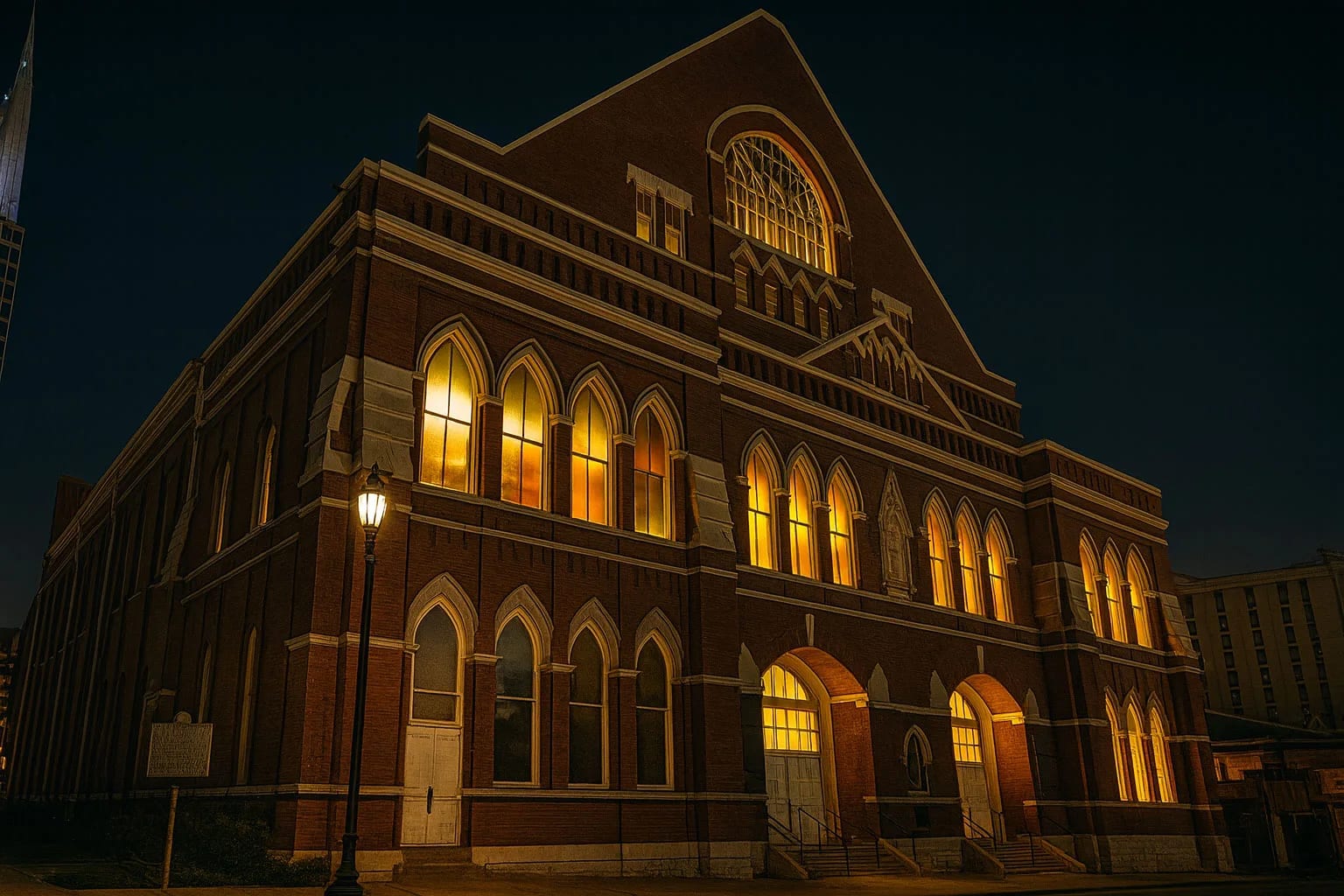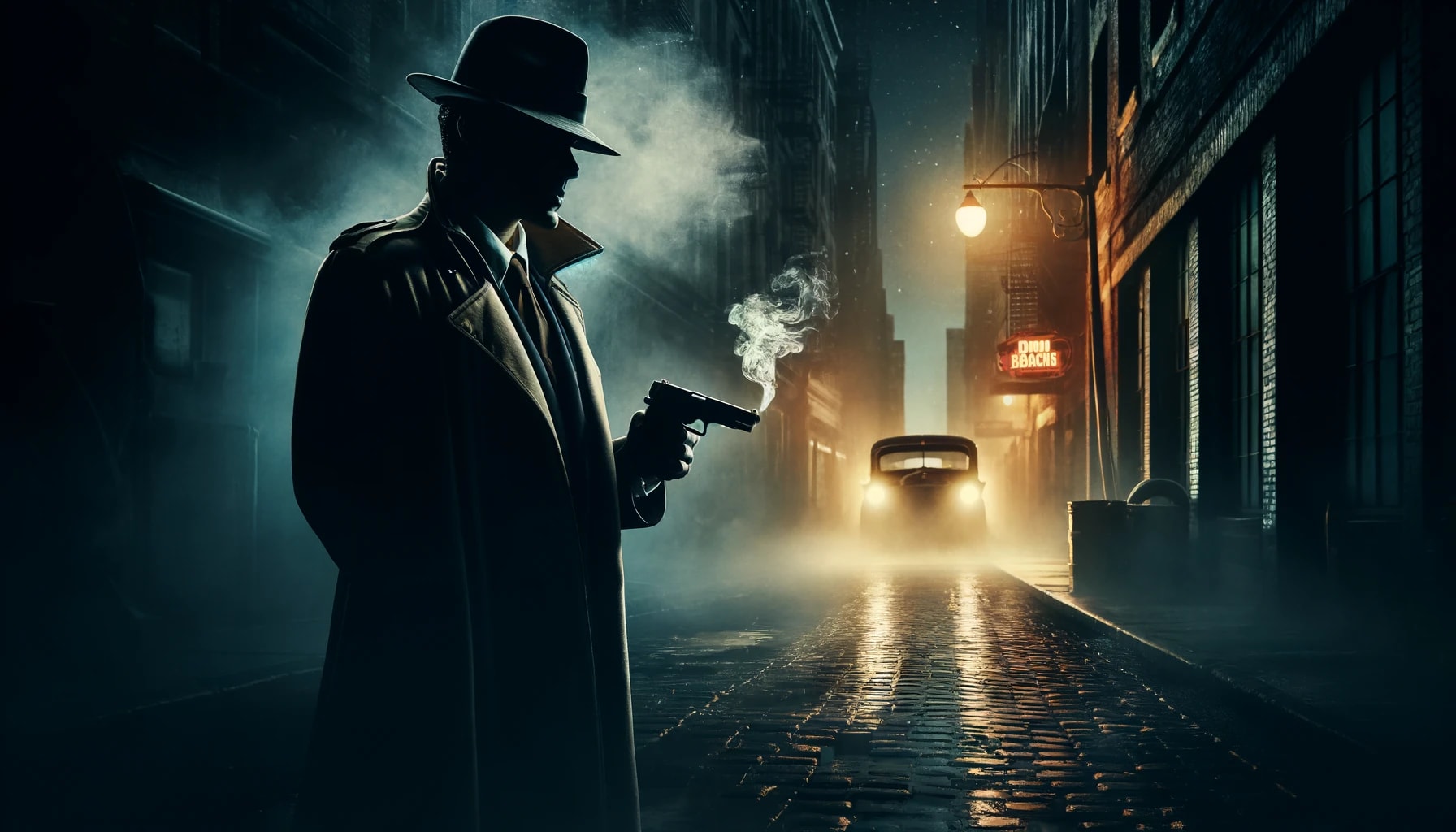Did you know?
- Ryman Auditorium began as the Union Gospel Tabernacle, a space for Christians to come together and pray.
- This old music venue is haunted by the man who built it, some of the singers that performed there, and even a Confederate soldier.
- Ryman Auditorium was once home to the Grand Ole Opry, a radio broadcast known for putting country music on the map.
Haunts at the Ryman Auditorium
The Ghost of Thomas Ryman
After captain Thomas Ryman passed away in 1904, his Union Gospel Tabernacle was renamed Ryman Auditorium in his honor. Contrary to his wishes, however, the space began to be used for plays and live music shows. This activity must have stirred up Ryman's ghost as he began making appearances of his own in the auditorium.
Rayman's spirit was fine with most performances but would rise if the people onstage were getting a bit risqué. Apparently, he disrupted shows by stomping around the room so loudly that spectators were forced to leave. Famously, the ghost wreaked havoc while the opera Carmen was taking place. Probably because it tells the story of a gypsy temptress.
But Rayman was the least of the artists' worries. There was something much darker lurking in the auditorium.
The Opry Curse
From 1943 to 1974, the auditorium became home to a country music-focused radio show called Grand Ole Opry, which featured up and coming musicians and broadcasted their performances. During this time, rumors surfaced that the venue was cursed since apparently, most singers that performed there wound up dead. A total of 37 people met their fate in the most gruesome ways, dying from O.D.s, car accidents, fires, or slaughterings. Among the artists believed to have succumbed to the curse are: Stringbean Akeman, Patsy Cline, Texas Ruby, and many more.
Eventually, Grand Ole Opry found another home, but this didn't stop the curse. It is believed that the curse followed because a large portion of the Ryman Auditorium stage was cut out and brought to the new location.
"The Grey Man" and "The Lady"
The spirit often referred to as "The Grey Man," is believed to have been one of the Confederate soldiers who frequented the auditorium during post-war gatherings. Some say they've witnessed him sitting in the balcony while artists rehearse. He watches the stage steadily but disappears as soon as anyone gets too close.
"The lady," on the other hand, isn't a spectator; she's a performer. Believed to be the ghost of Patsy Cline, she has been heard singing by staff. Usually, her performance happens late at night as they prepare to close. Patsy Cline, who died tragically in a plane crash, has also been linked to the Opry Curse. Could the curse not only kill but also trap artists in the venue?
Echoing Tunes of Hank Williams Sr.
Speaking of Opry Curse victims, Hank Williams is said to have been another casualty. The successful singer/songwriter passed away in 1953, after mixing prescription drugs with alcohol. Similar to the other artists haunting the auditorium, Hank's voice has been heard clear as day by employees. They have also heard his songs being played onstage, without explanation. Along with Patsy, Hank Williams' soul has lingered in the old venue ever since he passed.
Based on the spirits that haunt the place, Ryman Auditorium has been the center of the country music scene, an interesting path for a locale that started as a church.
Ryman Auditorium History
Thomas Ryman, who dreamed-up and financed the auditorium, was a Cumberland riverboat captain. He started his career assisting his father but promptly took over the business after his father passed away.
Over time, his enterprise became incredibly successful, with over 30 ships in his fleet and maritime-themed saloons in the city. In his bars, he made a fortune with illegal activities such as selling alcohol, gambling, and prostitution. His unsavory behavior caught the attention of local reverend Sam Jones, who was adamantly opposed to how Ryman was making money and preaching against the corruption in the city.
Ryman, himself, wanted to see what all the fuss was about, so he rallied a few friends and headed over to the tent revival Jones was hosting. As if by fate, upon attending the ceremony, Ryman did a 180. From that moment forward, he vowed that he would dedicate himself to the Lord.
As part of his mission as a born-again Christian, Ryman decided to build a place for the religious to gather in the city, a structure he named the Union Gospel Tabernacle. Following its opening in 1892, the space became known for its lectures, fundraisers, and powerful Christian gatherings. When Ryman passed in 1904, a vote was taken to rename the tabernacle Ryman Auditorium. Slowly, the space ventured away from religion in favor of hosting musical acts, plays, operas, and ballets. Soon, notables from Houdini to Charlie Chaplin had performed on its stage.
In 1943, the venue became home to the Grand Ole Opry, a radio broadcast that featured local country singers. After the show moved in 1974, Ryman Auditorium remained vacant, and it fell into disarray. In 1994, when interest for the historic location sparked, it was restored and reopened to the public.
Today, the space continued to dazzle visitors as a museum and music venue, paying tribute to the many artists that performed there and the spirits that stayed to watch.
Know Before You Go
Ryman Auditorium is currently open to the public. The museum offers guided backstage tours and self-guided tours of the historic venue.
Location
116 5th Avenue North Nashville, TN 37219

The Ryman Auditorium, where music legends never truly leave the stage

